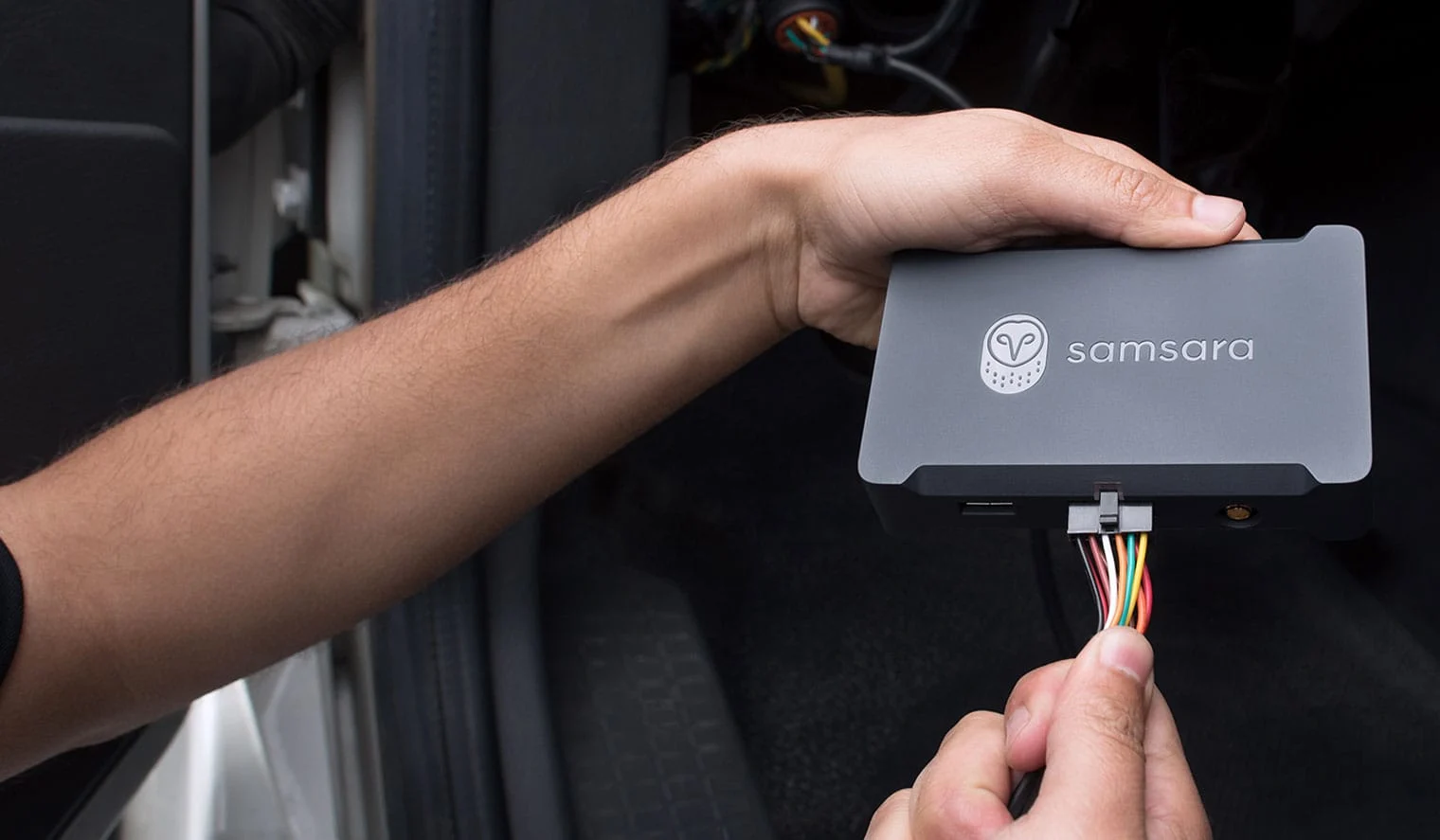Safety
From checkbox to mindset: Strategies fleet leaders can use to build a strong safety culture
May 23, 2025
Chief Transformation & Chief Procurement Officer, Helix Traffic Solutions, & Samsara Evangelist

Get the latest from Samsara
Subscribe nowFor commercial fleets, today’s operating environment presents a unique set of challenges. Vehicles are equipped with more safety features than ever before, but drivers are also facing more distractions and dangers, from both inside and outside the cab. For example, a recent Samsara report found that distracted driving impacts nearly all commercial drivers, with 93% of drivers saying they've personally felt the effects of distractions on the road.
To combat pervasive risks like these, fleets need to create a strong safety culture, one where safety isn't simply a box you check off, but a way of life. However, simply saying you have a durable safety culture doesn't make it true. Over the nearly three decades I’ve spent in transportation and logistics, here are three practical strategies I’ve seen effectively shape a culture of safety.
1. Customize your training and coaching to meet individual driver needs
When truck drivers get on the road, they face a range of conditions depending on where and when they're driving. Some are navigating busy highways in dense, high-stress environments, while others need to stay focused on rural routes where boredom and distracted driving may be a factor. Given this, a one-size-fits-all training and coaching approach is simply ineffective.
Today, training and coaching can be easily customized to meet the different needs of individual drivers. Moreover, training and coaching can be delivered on-demand, so drivers feel empowered to take control of their own professional development. One example of this is DHL, where every driver in the DHL Supply Chain network has a weekly “performance dialogue” where they receive personalized coaching based on driving data.
When training and coaching are relevant to a driver’s experience and environment, it's a game changer. Training is more engaging and effective, and drivers are more likely to feel confident and supported. In turn, drivers feel greater job satisfaction and retention goes up. It's a win for everyone.
2. Involve drivers in the process of rolling out new safety technology
For fleets, using telematics, dash cams, and other safety technology is now table stakes. Even so, change is hard—it's not uncommon for drivers to resist using new solutions, and driver buy-in is a must-have for any new technology deployment.
To make the process easier, communication and hands-on experience are critical. When you want to implement a new technology, it’s a good idea to start by testing new solutions with a small group of drivers. If you don't know who that group might be, just start asking around. At every organization, you can find drivers who genuinely enjoy experimenting with new tools and are eager to provide feedback. By engaging drivers in the testing process, they can help refine a solution. And when they start to see the benefits firsthand, they will often spread the word to their peers and garner even more buy-in.
Never underestimate the power of your community of drivers. Giving them the opportunity to try new technologies—like dash cams—in a no-risk environment allows them to understand how it can improve their safety. Without a doubt, drivers can be your biggest advocates.
3. Empower your supervisors to be proactive
Supervisors are often tasked with overseeing large teams spread across large geographic areas, not to mention multiple shifts. This often makes their roles among the most stressful in operations. With so many moving parts, it’s all too easy for their days to become consumed by urgent issues. They might spend all of their time reactively putting out proverbial fires instead of proactively helping drivers stay safe on the road.
For fleets, it’s crucial to give supervisors the right tools to help them stay focused and avoid burnout. These can include technology to help spot trending or recurring issues. For example, AI-powered dash cams can now detect the signs of drowsy driving, such as yawning or head nodding, and flag these behaviors to supervisors before an accident happens.
Moreover, technology can help supervisors identify and reward top-performing drivers, helping to build a positive safety culture and elevate overall team performance. By empowering supervisors with the right tools and insights, we can create a more balanced and effective work environment.
As I learned years ago, safety is not a static goal but a journey of continuous improvement. With new advancements in technology, including customized training and tools to support supervisors—and implementations that prioritize driver engagement—fleets can create a dynamic safety culture that adapts to new challenges and ensures the well-being of everyone on the road.
Interested in learning how Samsara can help improve safety and efficiency for your organization? See a demo here.
Get the latest from Samsara
Subscribe now

















